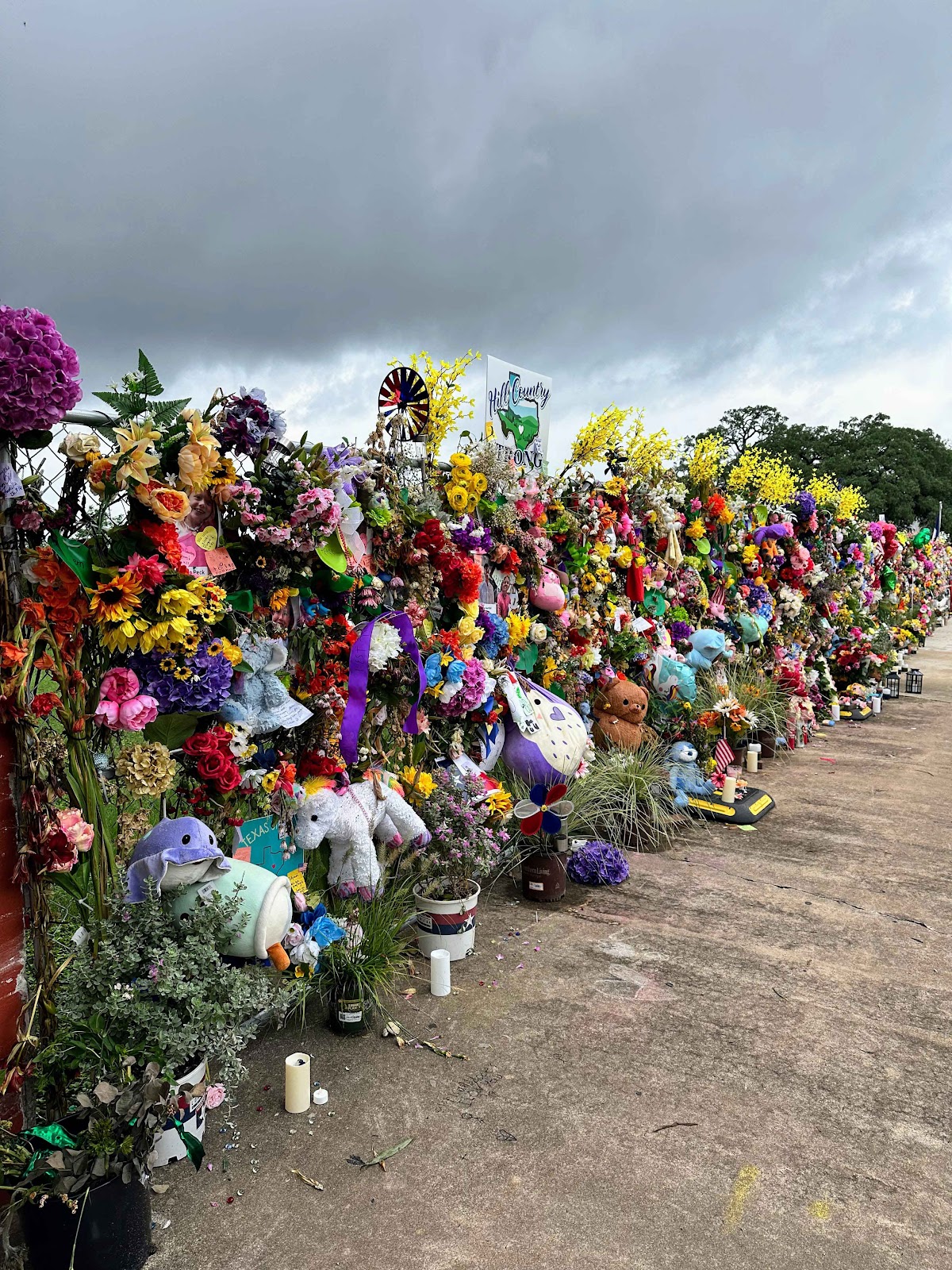A carved stone near the Guadalupe River in Kerrville.
It survived the tragic flood...but not the clean up after the flood.
Gentle
Reader: I occasionally keep history secrets from you.
Most
of the time, these secrets involve things for which I have no answer.
Sometimes, secrets are kept to help preserve an historical object. I never give
out the locations of archeological digs, for instance, or the locations where
certain fossils can be found.
And
sometimes I keep secrets for both reasons: because I really don’t have a good
explanation of an object and also to help preserve that object.
Such
was the case of a carved rock near the Guadalupe River within the city limits. A
long-time friend told me about this particular rock several years ago. I’ve
been working behind the scenes to try to figure out its story. Full disclosure:
I still don’t know its story.
I’ve
kept the rock and its location secret because I was concerned someone might
damage the thing. And so it remained a secret for several years.
Then
the flood happened. This carved rock was one of things I checked when I had
proper access to the floodway. Surprisingly, it survived the flood. The photo
above shows it still in the same location after the July 4, 2025 tragedy.
What
it didn’t survive was the clean up after the tragedy. Though I shared
its location with a few folks, those working the area did not understand the
need to preserve the rock in its permanent location. It wasn’t intentional: It
just happened. The large earth-moving machines displaced the carved stone.
Thanks
to some kind (and very strong) Parks and Recreation folks, the stone was
removed from its location before it could be destroyed, or buried under a pile
of river cobble and sediment. I am grateful they saved the odd thing.
So
– what is it?
Let
me first describe the symbol carved on the stone. It’s a five-rayed symbol,
which is not incised or cut into the stone, but carved in relief, meaning the
material surrounding the symbol was removed, and the symbol itself is higher
than the remaining surface of the stone. It’s not a star, exactly. It’s more
like five arrows joined at the center, each separated by a roughly 72° angle.
The arrows don’t seem to point in any particular cardinal or ordinal direction.
The rock itself seems to be limestone.
I
have several opinions about what I think the stone is not.
First,
I have not been able to find this particular symbol anywhere. There are some
interesting symbols which look similar, but none match it exactly. A Luther
Rose, which is a German symbol, has several features similar to the design on
the rock – but again, not an exact match.
Secondly,
I don’t think it’s a fossil, largely because of the carved outlines which
recess into the stone.
Third,
I don’t think it’s a surveyor’s mark. I have the actual surveyor’s field notes
from the area, recorded in December, 1846. There is no mention of a carved
stone. Further, most surveyors were in a hurry; any marks they made were
incised, or scratched into the surface of a convenient stone. From what I’ve
learned most of those surveyor’s marks were an incised “X” or “*” – nothing
carved in relief.
Here
are some things it could be: It could be a trail marker – both Spanish and
Mexican trails come near the site. It could be a German-inspired carving. Or,
honestly, it could be that a youngster received a stone carving set for
Christmas only a few decades ago and decided to leave a mark on a nearby stone.
I’m
thankful to the friend who showed me this stone years ago – and to the Parks
and Recreation staff who helped save it.
If
you have any ideas what this carved stone might represent, I’d be happy to hear
your ideas.
Until
next week, all the best.
Joe
Herring Jr. is a Kerrville native who enjoys local history – even the secrets
associated with our community’s past.

















